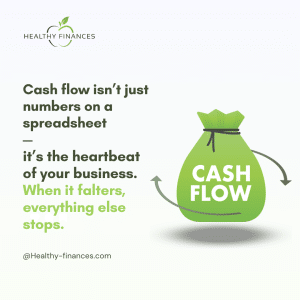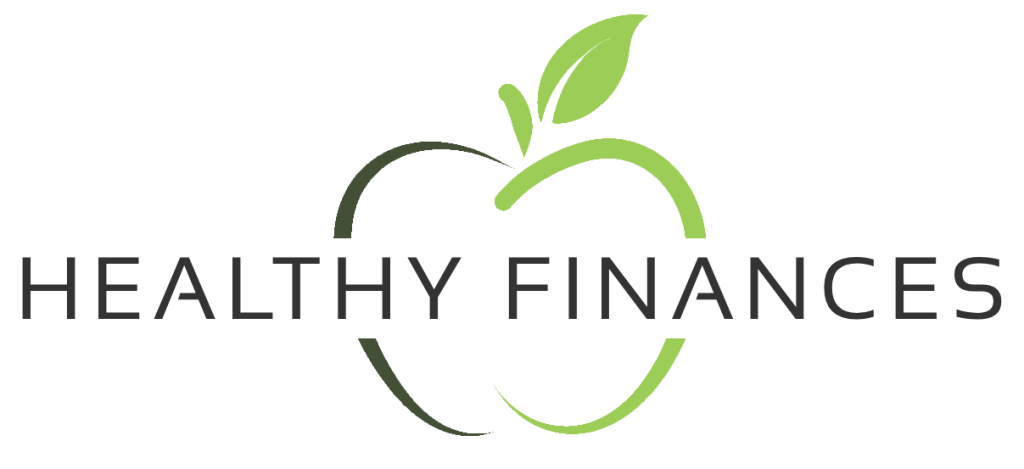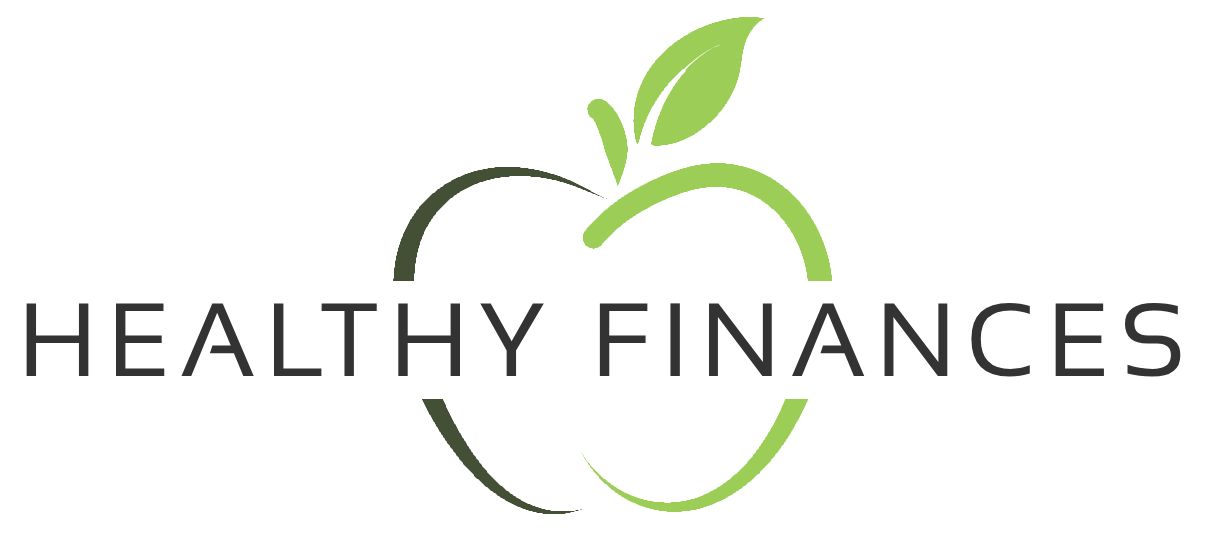Cash Flow Management: Securing Your Business’s Lifeblood
Cash flow is the lifeblood of any enterprise—no matter how profitable you appear on paper, if cash isn’t flowing in when you need it, you can’t pay bills, meet payroll, or seize growth opportunities. Effective cash flow management isn’t just bookkeeping; it’s about timing, forecasting, and building a safety buffer so one unexpected expense never derails your operation.

Why Cash Flow Matters More Than Profit
- Liquidity vs. Profitability: You can show a net profit at year-end and still run out of cash mid-quarter.
- Opportunity readiness: With positive cash flow, you can invest in new equipment, marketing campaigns, or hire key talent the moment an opportunity arises.
- Risk mitigation: A healthy cash buffer protects you against late-paying clients, seasonal slowdowns, or sudden price hikes in supplies.
- And more...
The Cost of Neglecting Cash Flow
Imagine this scenario: you’ve billed a large client ₪50,000, but their payment is due in 45 days. Meanwhile, a ₪30,000 rent increase hits your next bank statement—and without cash on hand, you scramble to cover it with high-interest credit or push other bills into arrears. One day of poor timing can trigger a domino effect of penalties, strained vendor relationships, or even frozen accounts.
Timing Is Everything
A business’s working-capital cycle measures how fast cash turns from outlay (payments) back into inflow (receipts). Key ratios include:
Days Sales Outstanding (DSO): How long it takes customers to pay invoices.
Days Payable Outstanding (DPO): How long you can safely delay paying suppliers.
Inventory Turnover: For product businesses, how quickly stock becomes sales.
By balancing DSO and DPO—accelerating receivables while extending payables within contractual terms—you smooth out peaks and valleys in your cash position.
Five Actionable Tips to Optimize Cash Flow
Build a Rolling Cash Forecast
Project weekly or monthly inflows and outflows for at least 13 weeks ahead.
Update it daily or weekly to spot shortfalls before they become crises.
Tighten Your Invoicing Process
Send invoices immediately upon delivery or service completion.
Implement automated reminders and incentivize early payment with small discounts.
Negotiate Vendor Payment Terms
Extend payables by 10–15 days beyond your current terms.
Consider small trade-credit facilities to bridge seasonal gaps.
Maintain a Minimum Cash Reserve
Aim for 1–2 months of average operating expenses in an emergency fund.
Keep this reserve in a high-yield account or liquid money-market instrument.
Use Technology-Driven Dashboards
Leverage real-time cash-flow dashboards that track actual vs. forecasted cash.
Set up alerts for when balances dip below critical thresholds.
Tools & Metrics to Monitor
Cash Conversion Cycle (CCC): DSO + Inventory Days – DPO
Free Cash Flow (FCF): Operating Cash Flow – Capital Expenditures
Current Ratio: Current Assets ÷ Current Liabilities
Dashboards that visualize these KPIs empower you and your team to make data-driven decisions—whether it’s delaying a non-urgent expense or accelerating a sales push.
Next Steps: Take Control of Your Cash Flow
Don’t wait until a big bill bounces or an opportunity slips away. By implementing these strategies, you transform cash flow from a reactive chore into a strategic advantage.
Ready to master your cash flow and ensure your business never skips a beat? Contact us at info@healthy-finances.com or visit https://healthy-finances.com to schedule a personalized consultation.

